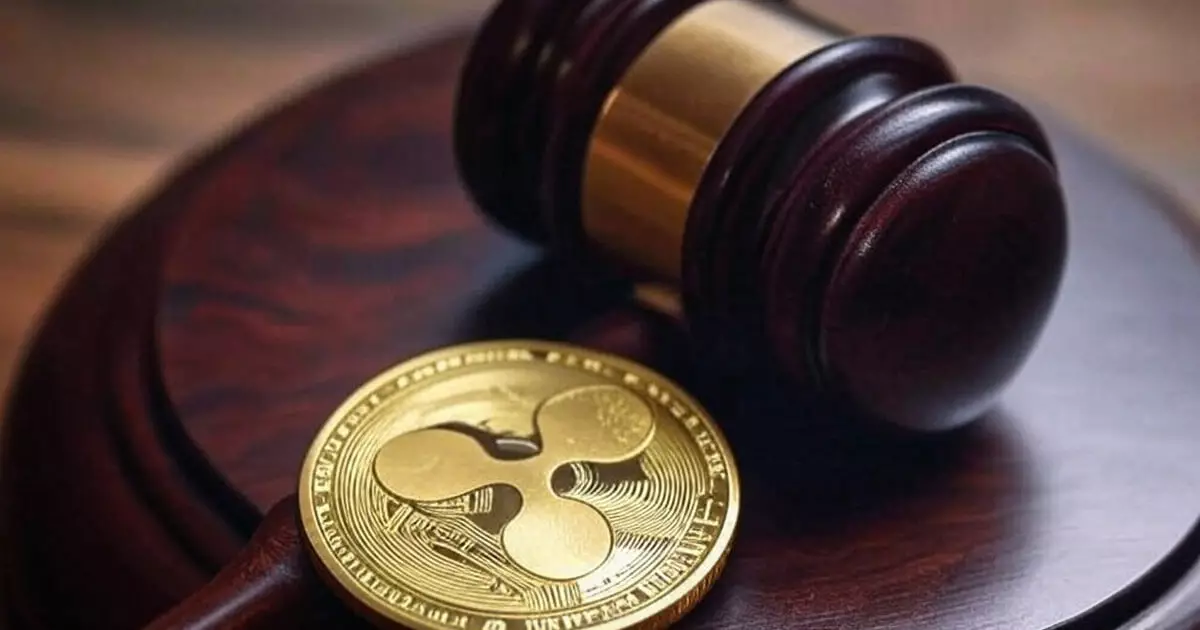The recent proposed settlement between the SEC and Ripple Labs has sent shockwaves through the cryptocurrency community and stands as a pivotal moment in the ongoing tug-of-war between regulatory authorities and digital asset innovators. This long-standing enforcement action, which began over four years ago, has finally moved towards a possible conclusion, as the SEC has requested the US District Court for the Southern District of New York to dissolve the injunction stemming from its judgment issued in 2024. The settlement involves Ripple paying a civil penalty of $50 million to the SEC, with an additional $75 million being set for release back to the company. But what exactly does this mean for the future of cryptocurrency regulations, and can this settlement be interpreted as a pragmatic breakthrough or a dangerous precedent?
A Calculated Decision by the SEC
The SEC’s decision to compromise, entering into a settlement that falls short of resolving the case’s underlying merits, suggests that their enforcement priorities may be shifting. Traditionally seen as hardline regulators in the crypto space, this softer approach could be viewed as a reflection of a more complex reality—one in which regulators realize that overly oppressive measures can stifle innovation and lead to the exodus of talent and investment from the United States. Critics argue that this shift, while seemingly beneficial, could also indicate a lack of clarity and consistency in the SEC’s regulatory posture towards cryptocurrencies, which remains a pressing concern for many stakeholders in this ecosystem.
As a center-right liberal, I lean towards recognizing the balance that must be struck between necessary regulation and the continued growth of technological innovation. The SEC’s willingness to formulate a settlement reflects a pragmatic approach that seeks to align regulatory objectives with the dynamic nature of the crypto market. However, it also raises questions regarding how the SEC will handle future cases. The ambiguity surrounding the classification of cryptocurrencies could embolden other entities to challenge regulatory frameworks, leading to a rollercoaster of legal battles that may hinder investment in the sector.
The Disastrous Implications for Entrepreneurs
To my mind, one of the most troubling aspects of this proposed settlement is how it may shape the future of entrepreneurial spirit in the U.S. The case’s history is rife with tension; Ripple’s founders, CEO Brad Garlinghouse and Executive Chairman Chris Larsen, were accused not just of unregistered sales, but of fostering an environment that walks the fine line between innovation and regulation. The potential altruistic and transformative benefits of technologies like blockchain can easily get overshadowed by fear and uncertainty, especially when the regulatory landscape is, at best, murky.
What remains disconcerting is the palpable fear that this settlement could be perceived as a template for future endeavors, encouraging other blockchain-based firms to engage in similar questionable practices while bankrolling the SEC in the process. There is a risk that potential innovators might feel compelled to adopt a “settle and survive” mentality soon—creating a culture of compliance rather than one of ambition. With over four years of litigation culminating in a settlement, many startups may question whether risking innovation is worth the likelihood of regulatory scrutiny and legal battles.
Justice and Precedent—A Slippery Slope?
The SEC has stipulated that this settlement does not set any sort of legal precedent for future cases, which is a critical point that must not go unexamined. However, in the nebulous realm of cryptocurrency, where legal interpretations are still evolving, the reality may be far more complicated. The existential struggle between innovation and regulation is set against a backdrop of uncertainty and inconsistency that could ultimately disadvantage startups while allowing larger companies to consolidate power.
Regulations need to be clear and straightforward; otherwise, they risk stifling the very innovation they claim to support. The uncertainty stemming from Ripple’s case is likely to resonate throughout the industry, prompting a cautious approach to development that undermines the original spirit of blockchain—decentralization and empowerment for all. If larger firms use this settlement as a benchmark for their dealings, the ripple effect (no pun intended) could lead to a regulatory environment dominated by a few well-resourced players who can afford settlement fees while smaller ones struggle to navigate an increasingly hostile landscape.
Ripple’s proposed settlement encapsulates a transformative moment in the cryptocurrency debate, highlighting the tension between regulatory compliance and the need for innovation. As we dissect the implications of this case, it becomes essential for both regulators and innovators to find a common ground that promotes growth without sacrificing accountability. The path ahead is fraught with challenges, and while the resolution of this specific case marks a significant milestone, it also poses serious questions about the future of crypto in America.
















Leave a Reply